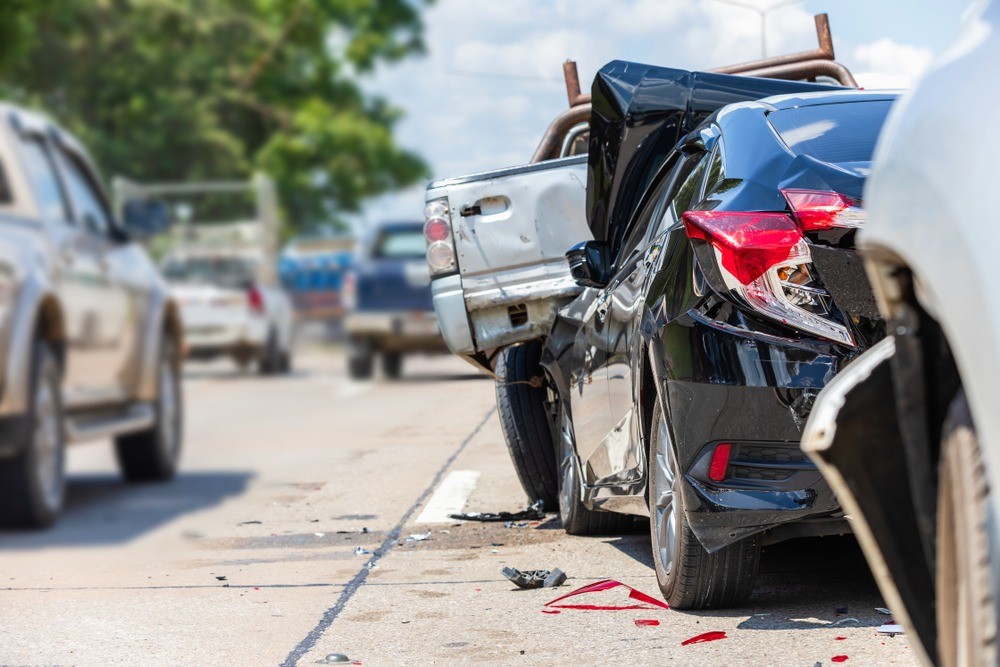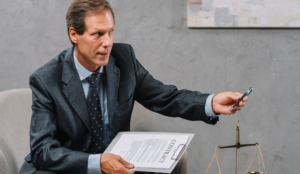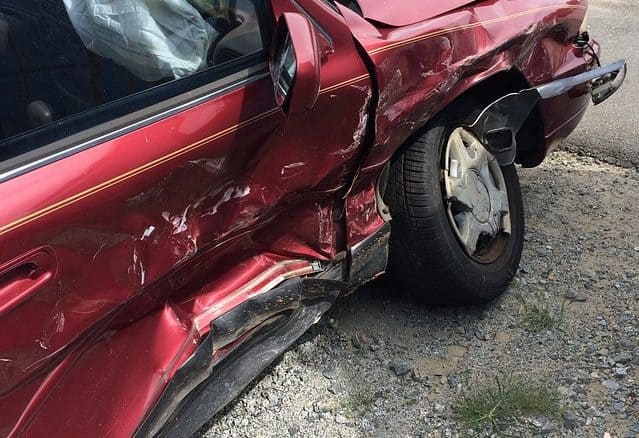What Happens When the At-Fault Party Flees the Scene of a Car Crash?

Because of all of the obvious reasons, it should go without saying that leaving the scene of an accident involving property damage, or, more crucially, personal harm, is a criminal offence under the law and is punishable by imprisonment. People who abandon the scene of an accident after they have occurred are rarely prosecuted, which is unfortunate because the threat of criminal prosecution is not usually enough to dissuade them from doing so.
Despite the fact that it occurs on a relatively infrequent basis, it does happen. There are steps you can take as a victim of injury or property loss to safeguard yourself and, potentially, your loved one in such circumstances.
In the event that you are physically able to do so, you should contact the proper authorities as soon as you possibly can. It is preferable to call the police rather than attempting to track down the responsible party on your own. What you can do is make a note of the vehicle’s registration number, or take a photograph of the vehicle or the individual, for example.
In the absence of an incapacitating injury, you should search the surrounding area for witnesses who may be able to assist you in identifying the fleeing driver. Taking contemporaneous notes regarding the fleeing vehicle’s make, model, tag number, and a broad description of its driver is recommended to the extent that the circumstances enable it to be done.
If you are involved in an accident, you must contact your own insurance company immediately to report the incident. And you might need to hire a car accident lawyer in Boston to help you.
Examine the surrounding area to see if there is any evidence of municipal or government monitoring activities taking place.
If there is any indication of private surveillance that may have captured the occurrence, you should also search the surrounding neighbourhood for any proof of it. This can help you find additional evidence for your lawsuit and that will lead your case to a winnable one.
There have been instances in the past where people who decided to take matters into their own hands and “follow” the vehicle that had fled the scene of an accident. Generally, they follow them in another car or the same car that was met with the accident but this is a huge risk. Instead the police must be called immediately.
When you try alone, the fact that this way of obtaining the people and their information may have been successful, there are obvious safety concerns that should have been addressed. This is not a course of action that is advisable.
The uninsured motorist provisions of the policy may allow a person who has been injured or who has suffered property damage, but who has not been able to collect identifying information about the hit-and-run driver, to file a claim for compensation against their own insurance company under the uninsured motorist provisions of the policy.
This means that when confronted with this situation, it must respond in good faith and with care, making all reasonable attempts to identify the fleeing driver as well as obtaining information about the car in which they were driving.








